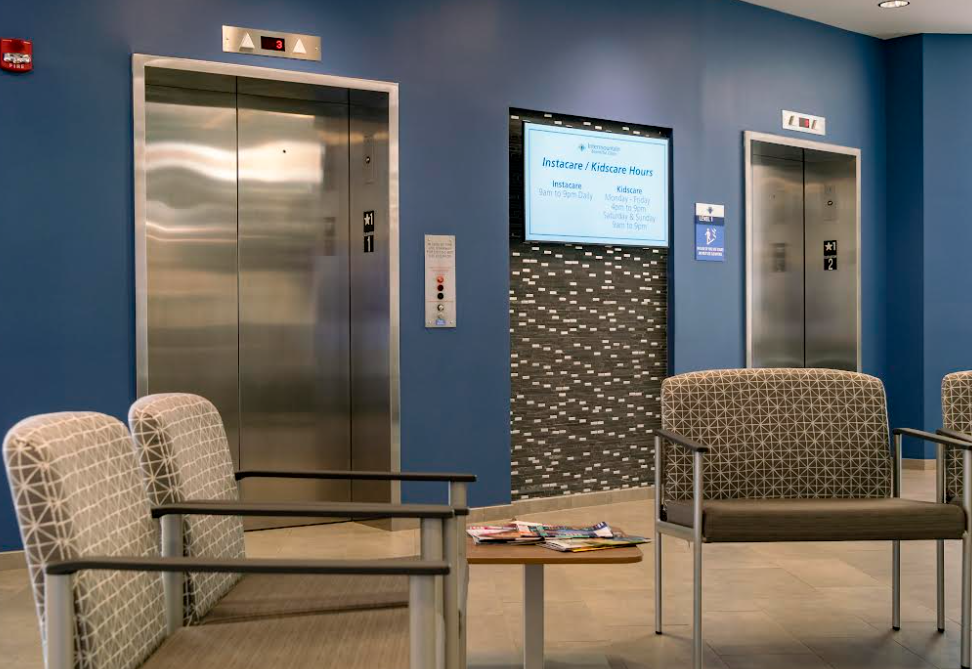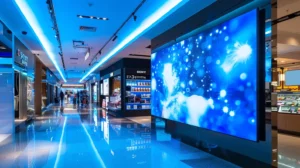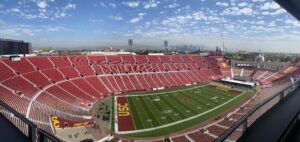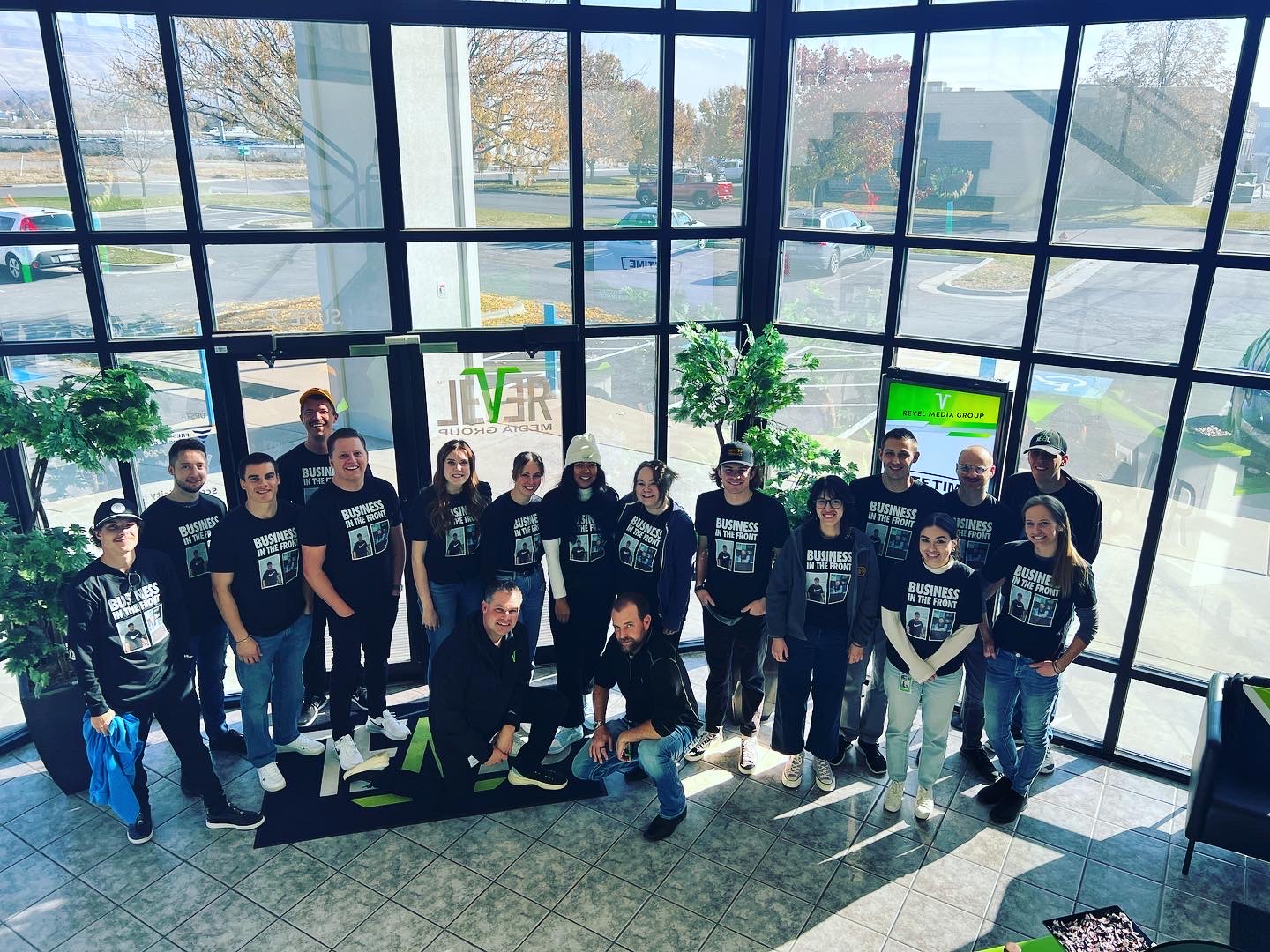In the rapidly evolving healthcare sector, engagement directors are
increasingly turning to digital signage as a powerful tool to connect with
patients, visitors, and staff. Digital signage can do far more than simply
display information; it’s an interactive, dynamic platform that can
enhance communication, improve patient experiences, and boost
operational efficiency. Our team took an objective viewpoint to look at all
the ways this must have tool is benefiting healthcare facilities across the
country.

1. Enhancing Patient Experience Through Real-Time Information
Patients and visitors often feel overwhelmed by the healthcare
environment. They may be navigating a large, unfamiliar facility or
awaiting critical information regarding their care. Digital signage acts as
a real-time, easily accessible communication tool that can alleviate this
stress by delivering essential information in an engaging and user-
friendly manner.
Wayfinding: Digital signs guide patients and visitors to their destinations
within the facility. Interactive maps and real-time updates make
navigation more intuitive, helping patients arrive on time for
appointments.
Wait Times & Updates: Real-time updates on appointment schedules,
wait times, and delays ensure that patients and visitors are always
informed. This helps reduce anxiety, especially in high-traffic areas like
emergency rooms or outpatient clinics.
2. Improving Patient Education and Health Literacy
One of the most significant ways digital signage benefits healthcare
facilities is by supporting patient education. In addition to displaying
essential facility information, digital signage can be used to share health
tips, procedural details, wellness programs, and preventative care
messages.
Health Campaigns: Health organizations can easily run campaigns
about seasonal illnesses, vaccinations, or wellness programs. These
messages are visually compelling, easy to understand, and can be
updated in real-time to keep information relevant.
Personalized Education: Digital signage systems integrated with
hospital databases can display personalized information tailored to the
patient’s condition, procedure, or treatment plan. This personalized
experience helps patients feel informed and cared for, which improves
satisfaction and engagement.
3. Streamlining Internal Communications
Healthcare facilities are often large and complex, with multiple
departments, staff members, and shift schedules. Keeping everyone on
the same page is crucial to ensuring smooth operations and quality
patient care. Digital signage can be a powerful internal communications
tool for engaging staff and boosting morale.
Staff Announcements: Whether it’s a staff meeting reminder, shift
change notification, or emergency alert, digital signage ensures
important messages are seen by staff members in high-traffic areas.
Recognition and Motivation: Digital signage is a great medium to
celebrate staff achievements, birthdays, and milestones. Recognizing
the hard work of healthcare workers boosts morale and fosters a culture
of appreciation.
4. Strengthening Brand and Facility Identity
Digital signage also provides an opportunity for healthcare facilities to
build and reinforce their brand identity. By using digital screens
creatively, healthcare facilities can differentiate themselves in a
competitive market, fostering trust and loyalty with patients and visitors.
Brand Messaging: Hospitals and clinics can use digital signage to
showcase their values, mission statements, and key offerings.
Consistent messaging throughout the facility reinforces the brand’s
identity and fosters trust.
Community Engagement: Digital signage can be used to highlight local
events, sponsorships, or partnerships with health organizations,
demonstrating the facility's commitment to the community and overall
wellness.
5. Supporting Visitor Engagement and Comfort
For family members and friends of patients, a healthcare facility visit can
be an emotional and stressful experience. Digital signage helps reduce
this stress by providing engaging and informative content that keeps
visitors updated and entertained.
Visitor Information: Digital screens can display a variety of information
such as cafeteria hours, visiting policies, and hospital services. In waiting
areas, they can show local news, weather, or entertainment content to
keep visitors comfortable and informed.
Feedback Mechanisms: Touchscreen kiosks and interactive digital
signage provide visitors with an opportunity to offer feedback on their
experience or even complete satisfaction surveys, helping facilities
continuously improve their services.
6. Driving Operational Efficiency
For engagement directors, operational efficiency is key. Digital signage
can improve hospital operations by automating various functions that
otherwise require manual intervention, allowing staff to focus on patient
care rather than logistical tasks.
Queue Management: In places like the emergency room or outpatient
clinics, digital signage can be used to display a queue management
system, reducing the number of people waiting in line and streamlining
patient flow.
Emergency Notifications: In the event of an emergency (e.g., a fire
alarm, severe weather, or a health-related crisis), digital signage can
quickly disseminate information to patients, visitors, and staff, helping to
manage the situation more efficiently.
7. Measuring Impact and Engagement
With modern digital signage systems, engagement directors can also
track the effectiveness of their communications. Many digital signage
platforms come with analytics tools that monitor engagement levels,
track viewership, and measure the effectiveness of certain messages.
Audience Analytics: Engagement directors can see how many people
are interacting with specific messages and adjust the content strategy
accordingly to meet the audience's needs.
Real-Time Data: Real-time analytics help track which messages
resonate most with patients and visitors, enabling data-driven decisions
to refine communication strategies.
8. Compliance with Healthcare Regulations
In healthcare environments, compliance with privacy and security
regulations is a top priority. Digital signage platforms can be customized
to ensure that patient privacy is maintained while still providing effective
communication. For example:
HIPAA Compliance: Digital signage can be programmed to display non-
sensitive, public information while ensuring that any patient-related data
(e.g., names or medical information) is kept secure and private.
Regulatory Announcements: Compliance-related information, such as
safety guidelines, patient rights, and insurance information, can be
displayed regularly on digital signage, ensuring that patients are well-
informed and the facility meets regulatory requirements.
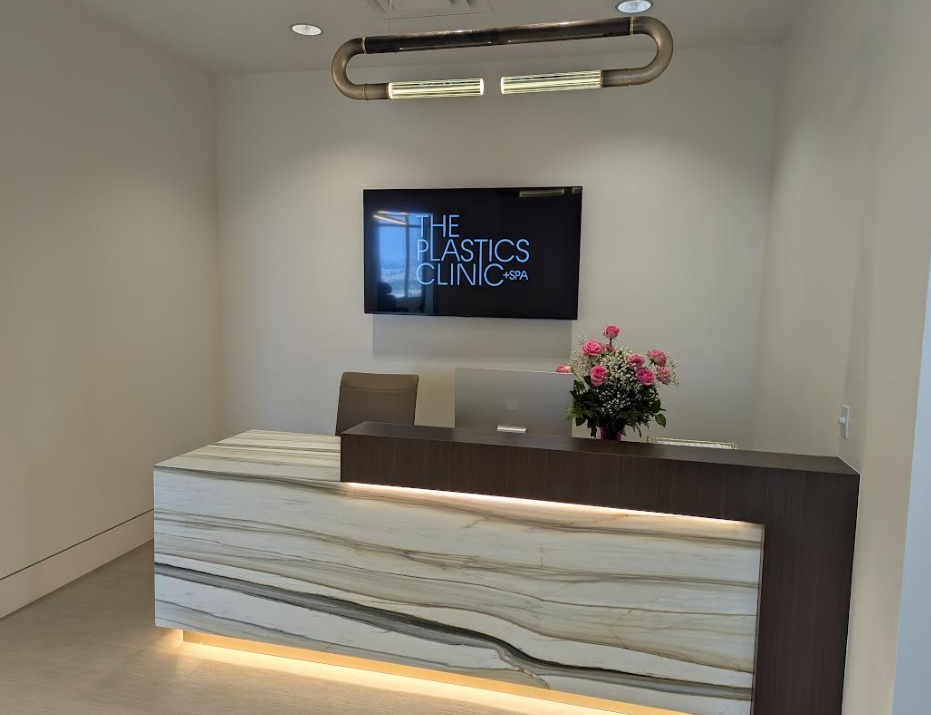
Conclusion
Digital signage is transforming the role of engagement directors in
healthcare facilities by enabling them to communicate more effectively,
enhance patient and visitor experiences, streamline operations, and
drive internal efficiency. With its ability to engage audiences in real-time,
improve education, and enhance overall satisfaction, digital signage is
no longer just a nice-to-have, but a must-have tool for modern
healthcare facilities striving to stay competitive and patient-centric in an
increasingly digital world.
For engagement directors, leveraging digital signage can significantly
amplify their strategic efforts, making them a vital partner in shaping the
future of healthcare communication.

